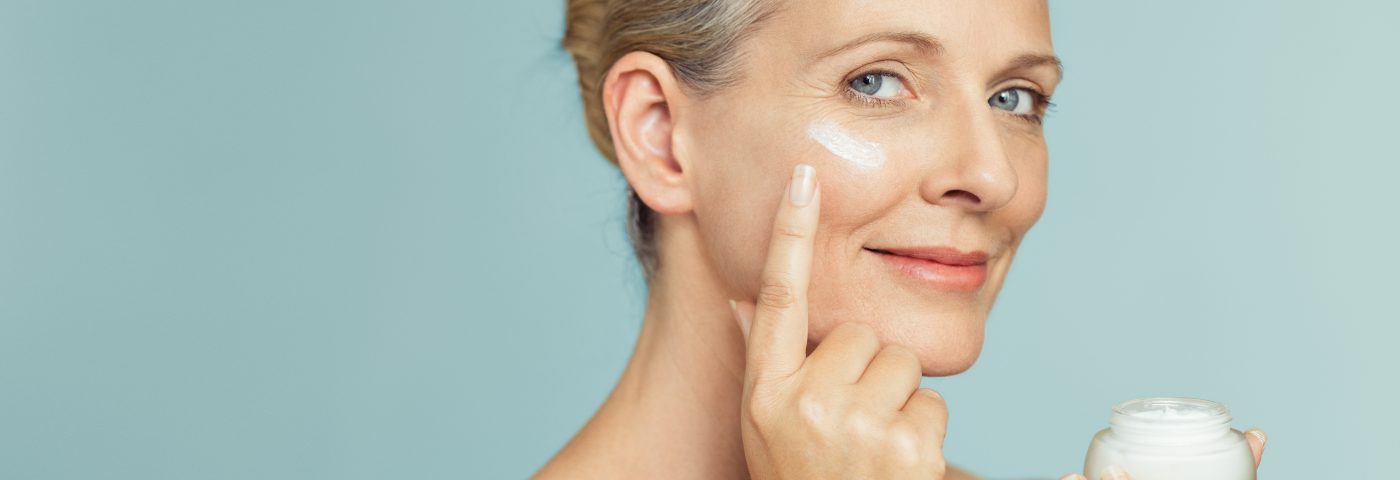Driven by a global interest in health, wellness and benefit-driven products, consumers are prioritising prevention over cure, resulting in an increase in health-positioned products and leading to an evolution in the beauty and skincare industries. These motivations are reshaping consumer demand in a variety of industries, but most notably in skincare, which according to Euromonitor International (EMI), is valued at US$128.7 billion globally.
According to EMI’s Beauty Survey, global consumers desire particular features in skincare products that highlight the growing market for dermocosmetics. Many dermocosmetic brands are positioned by skin type or skin issue, which resonates with 33% of global consumers who purchase skincare based on suitability or positioning for skin type. Dermocosmetics brands draw from their pharmaceutical background and technological advances in skincare beyond simple hydration or firmness and emphasise efficacious formulations, which attracts consumers drawn to not only functionality and benefits (28% of respondents), but also those seeking multiple benefits (21%) and specific ingredient formulations (18%). Combined with the desire for medicated, clinical formulations with therapeutic benefits (13%), consumers’ desire to improve the look and feel of skin, to have healthy skin and to address specific skin concerns are driving skincare purchases into a direction that resonates with the general positioning of dermocosmetics – a direction that highlights the growing consumer preference for products positioned toward prevention.
Anti-ageing claims evolve into hyperpigmentation and discolouration in dermocosmetics. The increased focus on skin health and the rising competition among established and emerging dermocosmetic companies are contributing to new positioning inspiration beyond typical dermocosmetic claims, such as eczema / dry skin and anti-ageing. As the narrative changes to focus more on prevention, efficacy and overall skin health, newer claims and positionings have entered the dermocosmetic segment from leading and emerging players globally. Ageing remains a leading skin concern for consumers, but as consumers shift toward skin health and prevention, dermocosmetic brands are adopting stronger language that fights ageing. Specific products that address hyper-pigmentation and discolouration give ageing claims more specificity. New product launches are addressing specific skin issues such as rosacea, hyperpigmentation and sun damage while general benefits of brightening the skin and reducing dark spots remain common.
Opportunities to incorporate microbiome in skin, oral and haircare perceived as the next frontier of innovation
The growth of microbiome skincare propels “beauty from within” trends. Traditionally for digestive remedies, probiotics and prebiotics have entered the space of preventive skin health and is a trending ingredient among dermocosmetic brands. In a skincare context, probiotics contain live “good” bacteria to ramp up the body’s natural abilities to keep skin healthy and undamaged while prebiotics encourages certain bacteria to grow, which can include specific healthy strains of bacteria. Both probiotics and prebiotics are seen as the next frontier for skincare and dermocosmetic innovation, in addition to creating opportunities in adjacent categories such as oral care and haircare.
Kayla Villena, Senior Research Analyst, Beauty & Fashion at Euromonitor International, will speak on Dermocosmetics: the junction of skincare and health and wellness at in-cosmetics North America on 17th October 2018, 10.45-11.30 in the Marketing Trends Theatre.

